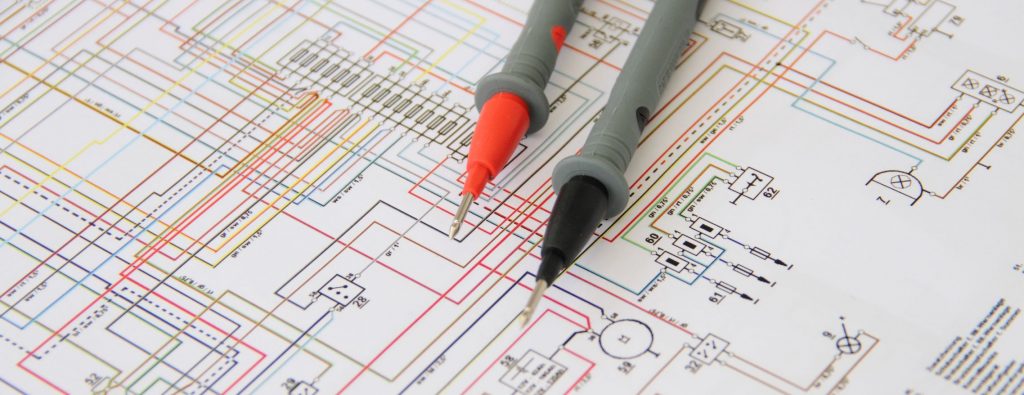Current carrying capacity of cables
Jen Chen | October 25, 2021
The current carrying capacity of cables is one of the decisive selection parameters, especially in the field of energy transmission, or for classic motor and servo cables.
The DIN VDE 0298-4 says amongst other things:
“The current carrying capacity is the maximum permissible current under certain conditions at which the conductor is not heated above the permissible operating temperature at any point.”
But what exactly does that mean and what do you need to consider?

What precisely is the current carrying capacity of cables?
As quoted above by VDE, it is important that the current load on a cable does not exceed a certain temperature on the conductor.
This maximum conductor temperature is on the one hand material-dependent, but also an application-dependent variable. It can be described in the respective standards.
For example, the current carrying capacities of cables that are to be used over a longer period of time can be defined with other current carrying capacity values. The reason for this can be too much effort for installation.
For this reason, there are different maximum current values in the respective standards or recommendations, even though the same materials are used.
Which factors determine the maximum current carrying capacity of a cable?
The current carrying capacity of a cable is based on the following physical quantities:
- The electrical resistance [R] of the electrical conductor used, and the resulting conductor temperature depending on current and environment
- The maximum permissible temperature of the insulation material used
- The ambient and operating conditions of the cable

What is special about the current carrying capacity of cables in e-chains?
To this day, the use of cables in an energy chain is not covered in any standard. Neither with regard to the mechanical nor the electrical conditions.
Therefore, as a rule, standards or standard procedures that deal with generally moving or flexible cables are applied.
The standards are only conditionally applicable.
In extensive test series we have found that the standard values cannot be applied in all cases. The standard values consider amongst other things only the maximum temperature at the conductor. This allows it to be viewed directly at the insulation. The special conditions in the energy chain are not considered here.
However, since the temperature on the conductor also reaches the outer jacket over time, it will also heat up accordingly. This heating causes the outer jacket to alter its strength. It becomes softer.
However, the outer jacket has an important task when used in the energy chain:
it serves to mechanically protect the cores from external damage. Furthermore it is – in case of a cable for an energy chain – an essential part of the overall structure.
If this outer jacket becomes too warm due to the high conductor temperature, the mechanical behaviour changes. It can cause damage to the cable in the motion sequence of the e-chain.
For this reason, the igus current carrying capacity values (in the appendix of the catalogue) are not only the current values usually evaluated according to standards. They also include the mechanical components of the energy chain in the evaluation.
Summary: more safety when using cables in the e-chain
The maximum current carrying capacity values listed for chainflex cables, refer not only to the electrical limit values but also to the special mechanical load in the energy chain. These values therefore offer a higher degree of safety than usual standard values.
Use our various possibilities to find the right cable for your application. Calculate the service life of the selected cable in our online service life calculator for your application.
Do you have any questions? Please contact us!


